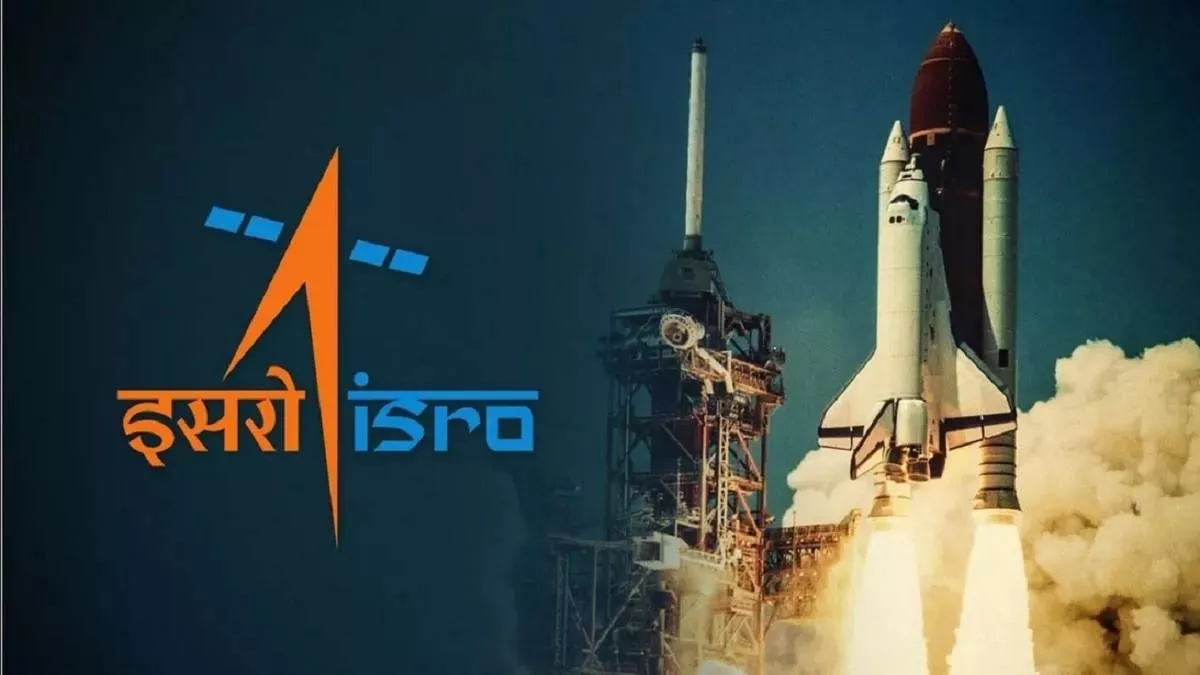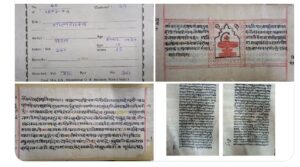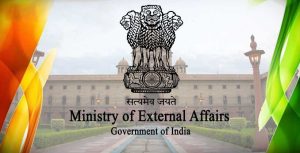New Delhi, August 23: India created history on Wednesday by landing on the moon. Chandrayaan-3’s Vikram Lander landed on that part of the moon at 6.4 minutes on time, which no one had reached till date. With the live telecast of this historic moment, the entire nation witnessed the historic event of Chandrayaan-3 landing on the Moon. Prime Minister Narendra Modi also witnessed this historic moment from South Africa to attend the BRICS summit.
India became the first country to land on the south pole of the moon.
America, Russia, and China have done soft landings on the moon before India, so the eyes of the whole world, including NASA, were fixed on the Indian Space Research Organisation’s moon mission, because the biggest reason for this was that today India’s Chandrayaan-3 was at that place. It has landed where no country has till date. It was a momentous and stressful time for the entire team of scientists at the ISRO Command Centre in Bengaluru, but the scientists beamed with joy and congratulated each other as India became the first country in the world to visit the South Pole of the Moon. The south pole of the moon is very special and interesting because it is always dark here. Also, it is much bigger than the North Pole. Due to always being in darkness, the possibility of having water here is also being expressed. ISRO has also expressed the possibility of fossils from the solar system in the craters present in this part of the moon. The Pragyan rover sent from Chandrayaan-3 will explore all these things by roaming on the surface of the south pole of the moon.
What research will Pragyan Rover do now?
India’s Chandrayaan-3 mission is different from the missions till now. This mission will provide more information about the origin and evolution of the Moon by carrying out extensive geological and meteorological studies and analyses of minerals discovered by Chandrayaan-1. Many more tests will also be done during the stay on the moon, including confirmation of water on the moon and analysis of new types of rocks with unique chemical compositions there. Chandrayaan-3 provides new information about the origin of the moon and its gradual development by studying the geological structure of the moon, seismic conditions, the presence and distribution of minerals, the chemical composition of the surface, and the thermal physics characteristics of the top soil. I will be able to meet
What is rover intelligence?
Chandrayaan-3’s rover Pragyan is a 6-wheeled robotic vehicle, derived from the word ‘knowledge’ in Sanskrit. Rover Pragyan can travel up to 500 metres (? kilometre) and works with the help of solar energy. It can only communicate with the lander. The ramp at Vikram Lander will open after about 2 hours of landing on the lunar surface. Through this, the six-wheeled Pragyan Rover will land on the lunar surface. Through this, information about the hitherto untouched part of the south-polar region of the Moon will be available. Its weight is 27 kg, and its power generation capacity is 50 watts. It will closely test the water or other elements present on the surface of the moon.
What is a soft landing?
For the first time, India has made a soft landing of any of its vehicles on a satellite. With the success of this mission, India has become the fourth country in the world to have indigenous technology for soft landings. There are many dangers in soft landing, and many precautions have to be taken. After jumping from an aeroplane, landing on the ground by opening a parachute after some height is also called a soft landing’. If a person jumping from an aeroplane does not open the parachute, he will hit the ground rapidly due to the effect of gravity and his own weight, which can cause serious damage or even death, but because of the parachute, he makes a soft landing. Similarly, at the time of landing at the airport, the pilot of the aircraft first lands the rear wheel on the runway, then the front wheel. Due to this, the weight of the plane comes down in the right direction in terms of speed, and the landing is safe. This is also called a soft landing.
Vikram Lander himself searched the place of landing.
According to ISRO, the gravitational force on the moon is 1/6 less than that of the earth. That is, the speed of falling there is faster because there is no atmosphere there, so even the exercise of reducing the speed by friction could not be done. So when Vikram Lander covered 25 km and started descending on the surface of the moon from a height of 1000 m, all four engines under it were turned on. In this way, the engines that were still working to propel the Vikram lander, by creating pressure in the opposite direction, reduced the speed of Vikram to 2 metres per second, and the speed was reduced to zero a few seconds before landing. All this work was done by the onboard computer present in the Vikram Lander. The sensors engaged in it looked for the right and wrong place, and then Vikram Lander comfortably landed on the surface of the moon with the help of its four legs.





